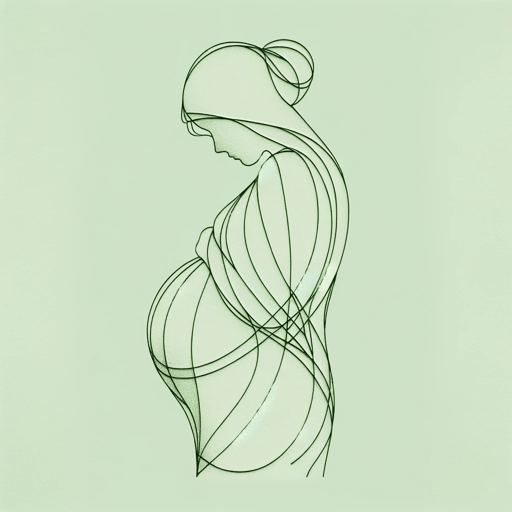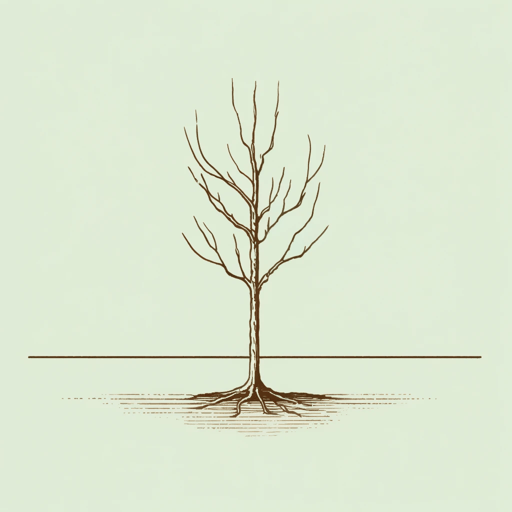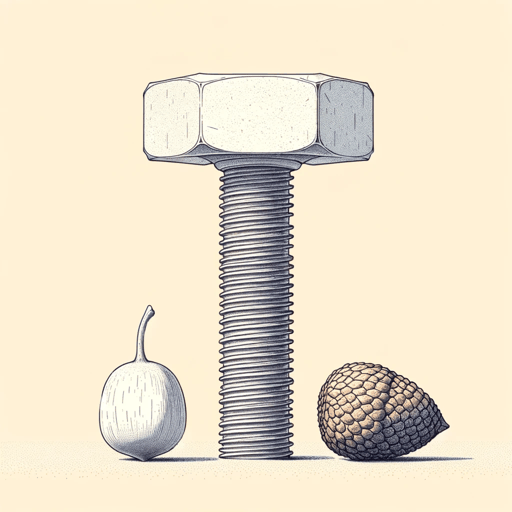20 pages • 40 minutes read
Seamus HeaneyTerminus
Fiction | Poem | Adult | Published in 1987A modern alternative to SparkNotes and CliffsNotes, SuperSummary offers high-quality Study Guides with detailed chapter summaries and analysis of major themes, characters, and more.
Symbols & Motifs
Digging
By hoking in “Terminus,” Heaney lets the reader know that he is still digging decades after his original declaration in the poem “Digging” (1966). For Heaney, this dialectic word uncovers the layers of his writing more precisely: “When I hear someone say hoke, I’m returned to the very first place in myself. It’s not a standard English word and it’s not an Irish-language word either, but it’s undislodgeably there, buried in the very foundations of my own speech” (Heaney, “Something to Write Home About”). Like all colloquial terms, only people from his specific area of Northern Ireland would know this word. The word doesn’t fully exist in either of his first languages, but it’s part of his identity in how he writes and speaks.
Balance
The final stanza of “Terminus” is all about balance. This balance is between two buckets, two sides of a scale, two sides of a river, and two sides of history. One image of balance that tips both ways is the stepping-stone.
When Heaney stands on the stone, “he is the last earl on horseback” (Line 21), engaged in a childhood game with historical importance. By playing the Earl of Tyrone, Heaney engages in “a mysterious turn, a hiatus, a frozen frame in the violent action” (Heaney, “Something to Write Home About”).
Related Titles
By Seamus Heaney

Act of Union
Seamus Heaney

Blackberry Picking
Seamus Heaney

Death of a Naturalist
Seamus Heaney

Digging
Seamus Heaney

Mid-Term Break
Seamus Heaney

North
Seamus Heaney

Punishment
Seamus Heaney

Scaffolding
Seamus Heaney

Seeing Things
Seamus Heaney

Two Lorries
Seamus Heaney

Whatever You Say, Say Nothing
Seamus Heaney

